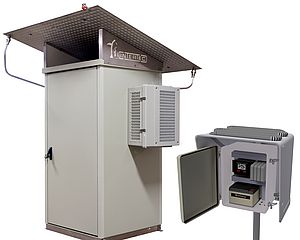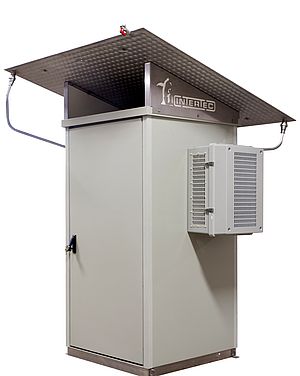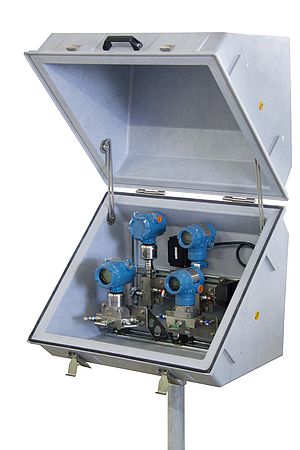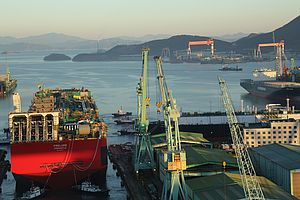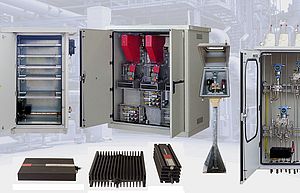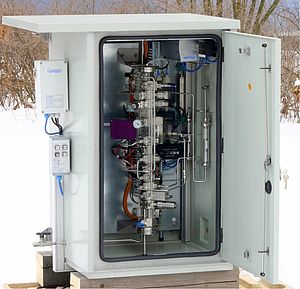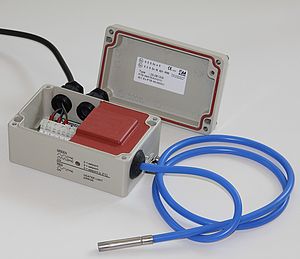Intertec, the field equipment protection specialist, has launched an advance in antistatic surface coating treatment for its GRP (glassfibre reinforced polyester) outdoor enclosures. Developed specially for Intertec by the chemical specialist BÜFA, the new nanotechnology-based coating also boosts protection against damage from ultraviolet radiation - helping to achieve extended maintenance-free lifecycles of field-based control and instrumentation equipment in processing industries such as oil, gas, chemicals and petrochemicals. Intertec's weathering tests in an environmental test chamber have demonstrated that the new coating can withstand extended exposure to very high UV levels - providing a new level of protection particularly for GRP field enclosures destined for environments such as deserts, the tropics or the Arctic.
Advanced surface coating treatment
Dubbed GO-Antistatic, the new treatment is based on an advanced carbon nanotube material that is applied as part of a surface gelcoat. Polyester gelcoats are widely used to add glossy and highly durable surface finishes to the exterior of GRP enclosures. The advanced nanomaterial provides a degree of conductivity for the outdoor enclosure that dissipates any static electric charges safely to ground - to protect against sparking. Such treatments ensure safety in hazardous areas of processing plants, where a spark caused by the build up of an electrostatic charge can cause an explosion of gas, vapour or dust in the local atmosphere.
Gelcoats protection
Gelcoats are a premium form of protection, and form a chemical bond on the surface of the GRP. Most of the antistatic treatments applied to GRP enclosures today rely on the addition of conductive materials into the surface gelcoat (or conductive paint) by employing carbon/graphite, tin or other metals. However, if the gelcoat contains antistatic material, this can have a detrimental effect on its performance, notably in terms of reducing its smoothness and ultraviolet protection, and limiting the colouring possibilities. Extended exposure to high UV levels can then damage GRP enclosures, leading to minor surface roughening - which is sometimes referred to as chalking or frosting.




